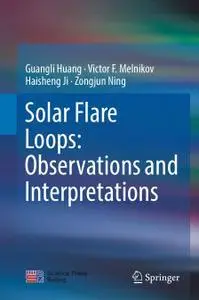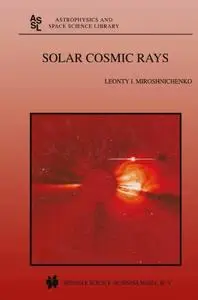Solar Flare Loops: Observations and Interpretations By Guangli Huang
English | PDF,EPUB | 2018 | 437 Pages | ISBN : 9811028680 | 30.2 MB
This book provides results of analysis of typical solar events, statistical analysis, the diagnostics of energetic electrons and magnetic field, as well as the global behavior of solar flaring loops such as their contraction and expansion. It pays particular attention to analyzing solar flare loops with microwave, hard X-ray, optical and EUV emissions, as well as the theories of their radiation, and electron acceleration/transport. The results concerning influence of the pitch-angle anisotropy of non-thermal electrons on their microwave and hard X-ray emissions, new spectral behaviors in X-ray and microwave bands, and results related to the contraction of flaring loops, are widely discussed in the literature of solar physics. The book is useful for graduate students and researchers in solar and space physics.



